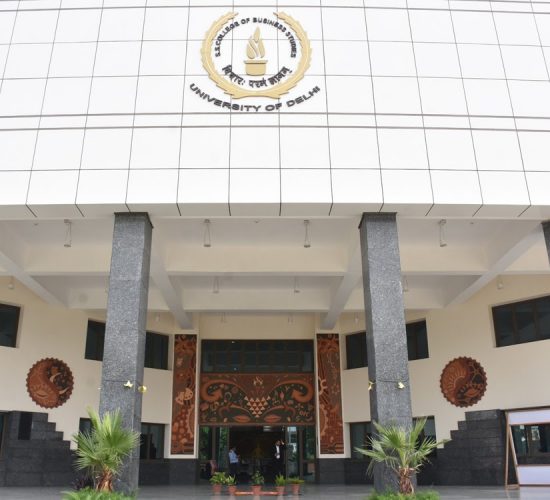Grade "A+" Accredited by NAAC with a CGPA of 3.46
This course introduces the protocols used in Internet, its architecture, and security aspect of Internet. Student will have an insight that how a search engine works and web crawls.
At the end of the course, students should be able to:
Unit 1
Introduction: Network address translation, Subnet Masking, Difference between Intranet and Internet, Working of Internet, Dynamic and Static Routing, Domain Name Server , networking tools – ipconfig, ping, netstat, traceroute.
Unit 2
Introduction to Internet Protocols: HTTP, HTTPS, FTP, SMTP, IMAP, POP3, VoIP.
Unit 3
Web Servers: Introduction, Working, Configuring, Hosting and Managing a Web server, Proxy Servers: Introduction, Working, Type of Proxies, setting up and managing a proxy server Client-side Technologies, Server-side Technologies and hybrid technologies.
Unit 4
Javascript, jQuery, JSON, NODE.js, BOOTSTRAP, Introduction to forums, blogging, portfolio, developing a responsive website, Combining Web Applications and Mobile Applications.
Unit 5
Search Engines – components, working, optimization, Crawling, BOTS.
Unit 6
Introduction to cookies and sessions, Introduction to e-commerce websites and e-carts.
Pre-requisites for course: Programming, Computer Networks, Web-Designing (HTML, CSS, Basic JavaScript)
Bayross, I. (2013). Web enabled commercial application development using HTML, JavaScript, DHTML and PHP. 4th edition. BPB Publication.
DComer. (2018). The Internet Book: Everything You need to know about Computer networking and how the internet works. 5th edition. CRC Press.
Duckett, J.(2014). JavaScript and JQuery: Interactive Front-End Web Development. Wiley
Godbole, A. S.& Kahate A (2008). Web Technologies. Tata McGrawHill
Greenlaw R. & Hepp E, (2007). Fundamentals of Internet and WWW. 2nd edition. Tata McGrawHill.
Jackson. (2008). Web Technologies. Pearson Education
Patel, B & Barik, L.B , Internet & Web Technology , Acme Learning Publisher.
Reddy, S., Aggarwal, A., Sayer, M., Totty, B., & Gourley, D. (2002). HTTP: The Definitive Guide. Media: O’Reilly Media Inc.
Young, M. L. (2007). The Complete reference to Internet. Tata: McGraw Hill.
Use of ICT tools in conjunction with traditional class room teaching methods
Interactive sessions
Class discussions
Written tests, assignments, quizzes, presentations as announced by the instructor in the class
Internet, networks, JSON, AJAX, JQUERY, web application.
Disclaimer: Details on this page are subject to change as per University of Delhi guidelines. For latest update in this regard please refer to the University of Delhi website here.
| Cookie | Duration | Description |
|---|---|---|
| cookielawinfo-checkbox-analytics | 11 months | This cookie is set by GDPR Cookie Consent plugin. The cookie is used to store the user consent for the cookies in the category "Analytics". |
| cookielawinfo-checkbox-functional | 11 months | The cookie is set by GDPR cookie consent to record the user consent for the cookies in the category "Functional". |
| cookielawinfo-checkbox-necessary | 11 months | This cookie is set by GDPR Cookie Consent plugin. The cookies is used to store the user consent for the cookies in the category "Necessary". |
| cookielawinfo-checkbox-others | 11 months | This cookie is set by GDPR Cookie Consent plugin. The cookie is used to store the user consent for the cookies in the category "Other. |
| cookielawinfo-checkbox-performance | 11 months | This cookie is set by GDPR Cookie Consent plugin. The cookie is used to store the user consent for the cookies in the category "Performance". |
| viewed_cookie_policy | 11 months | The cookie is set by the GDPR Cookie Consent plugin and is used to store whether or not user has consented to the use of cookies. It does not store any personal data. |

